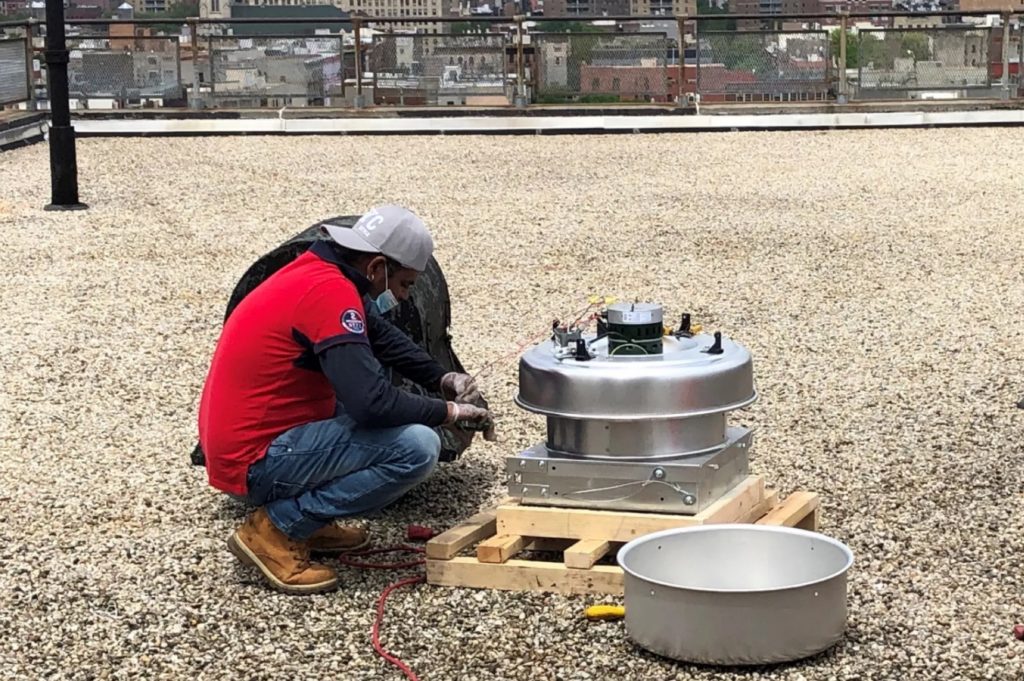NYCHA backs look at fan plan to head off new COVID wave in public housing

 This story was originally published on Nov. 17 by THE CITY. Sign up here to get the latest stories from THE CITY delivered to you each morning.
This story was originally published on Nov. 17 by THE CITY. Sign up here to get the latest stories from THE CITY delivered to you each morning.
NYCHA Chair Gregory Russ says he’s now “open” to an independent study of how aging ventilation systems affect coronavirus spread in public housing, after THE CITY revealed many of the hardest-hit complexes are stuck with old, often-malfunctioning fans.
Russ signaled his support for a drill-down in a letter he sent Monday to two of the state’s top Democrats, Sen. Kristen Gillibrand and Rep. Nydia Velázquez. Both had demanded NYCHA take swift action with a new wave of COVID-19 anticipated as temperatures drop.

Brooklyn Boro
View MoreNew York City’s most populous borough, Brooklyn, is home to nearly 2.6 million residents. If Brooklyn were an independent city it would be the fourth largest city in the United States. While Brooklyn has become the epitome of ‘cool and hip’ in recent years, for those that were born here, raised families here and improved communities over the years, Brooklyn has never been ‘uncool’.